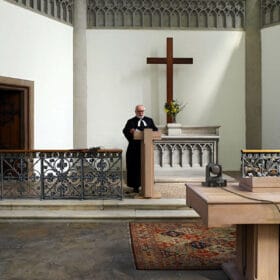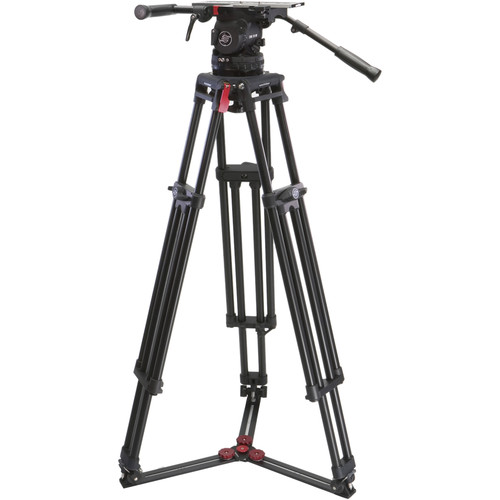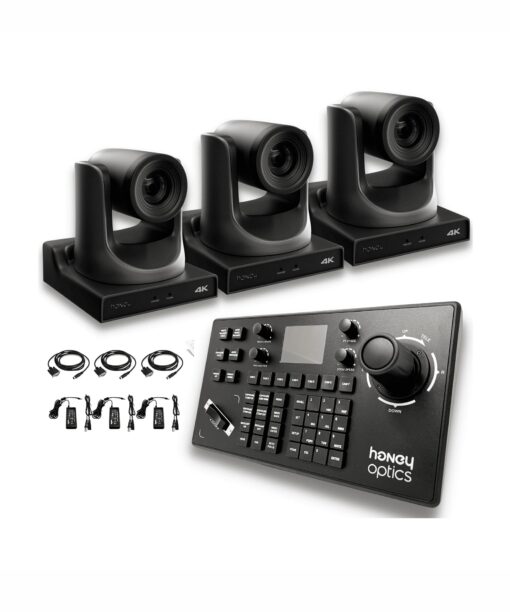PTZ
PTZ Camera – Top 7 Reasons Why You Should be Using Them
Introduction: What is a PTZ Camera
If you are you an Audio Visual Tech, a business owner, or simply a Volunteer you probably keep hearing the buzz word “PTZ camera” But what exactly is a that? The acronym PTZ stands fro pan, tilt and zoom and PTZ cameras are robotic cameras can pan tilt and zoom and can allow a video operator to control the camera remotely from a joystick or a computer.
So a remote operator (sitting behind a computer in joystick) can control multiple PTZ camera’s that pan horizontally (side-to-side), tilt vertically (up and down) and zoom (hope you know this one ;) on a subject to provide the end viewer a pleasant experience. Compared to traditional video production where you would have to have an operator behind each camera and all the operators must be in communication and in sync with the video producer.
Today I’d like to talk about PTZ cameras and the top 7 reason why you should be using them instal of traditional camcorder or point and shoot style of cameras.
Here’s what you’ll learn in this PTZ Camera guide:
1. PTZ Cameras are Cost Effective
At first glance PTZ cameras may seem expensive. A decent PTZ camera can range anywhere from $1,500 – $9,500. Which let’s face it when compared to traditional camcorders doesn’t seem the most cost effective.
Yes when compared One-to-One a camcorder can seem to have better specs, and lenses at the same price point, however if you start thinking about in terms of ROI (return on investment) in regards to time and money you may start thinking otherwise.
A. Spend less on Tripods, PTZ camera’s don’t need them!
Reduce the amount of hardware you need. When you purchase a camcorder you also need a tripod for every camera. Tripods can range anywhere from couple hundred dollars all the way up to $13,000! Just for a tripod alone!
With a PTZ Camera you might not even need tripod. The camera it’s acts a tripod that is controlled by an opertator sitting behind a computer and/or joystick. The best way to mount PTZ cameras are either on a wall or from a ceiling.
B. Spend less on viewing Monitors, you just need a PC!
Now that you have camcorders and tripods you also need video assist monitors. Because your camcorder operators won’t want to stare into a viewfinder throughout the entire shoot. These monitors range anywhere from $120 all the way to $795 per monitor, per camcorder!
With a PTZ Camera you bring in all your PTZ camera feeds into 1 computer and bam you go all 5 camera feeds!
C. Spend less on Video Switchers, all you need is software!
Video switchers are an integral part of Video production. The more camera’s and video feeds you had coming in the more power of a switcher you needed. Quality video switchers start at around $500 and can go all the way up to $7,000
With modern PTZ camera’s such as the Honey PTZ Optics NDI Camera there is no need for a switcher. At all.
D. Spend less on Camera Operators, you just need One!
Now that you have a grand 5 camera setup how do you plan on operating all the cameras? You will need at most minimum of 7 people. 5 camera operators at least 1 producer, and one graphics person. The average camera operator in the USA costs $25/hour. You need 5 of them. That’s a total of $125/hour of your event.
PTZ camera’s such as the HoneyOptics 20x NDI Camera all you need is ONE operator that can control all 5 cameras remotely (with presets), switch between cameras angles and graphics using software and hotkeys. Saving you at least $100/hour.
2. Easy to Operate
The second reason why you should look into PTZ cameras is because of how easy it is to operate and control them. All you have to do is plug your camera into your computer via Network or USB and you can control up to 8 cameras with 9 presets each. That’s over 72 saved camera angles that you have at your disposal! And the best part is that all this can be control just by a single operator!
When compared to tradition camcorder or point and shoot cameras a similar setup would take at least 9 operators to pull off and even then camcorders don’t have the precision or capability to save or recall presets.

3. Easier Setup than traditional video cameras
4. Reduces the human error factor
5. Require less hardware and points of contact
6. Are Flexible in Placement (Wall, Ceiling, Balcony)
7. Not obstructive to live audience














